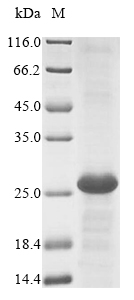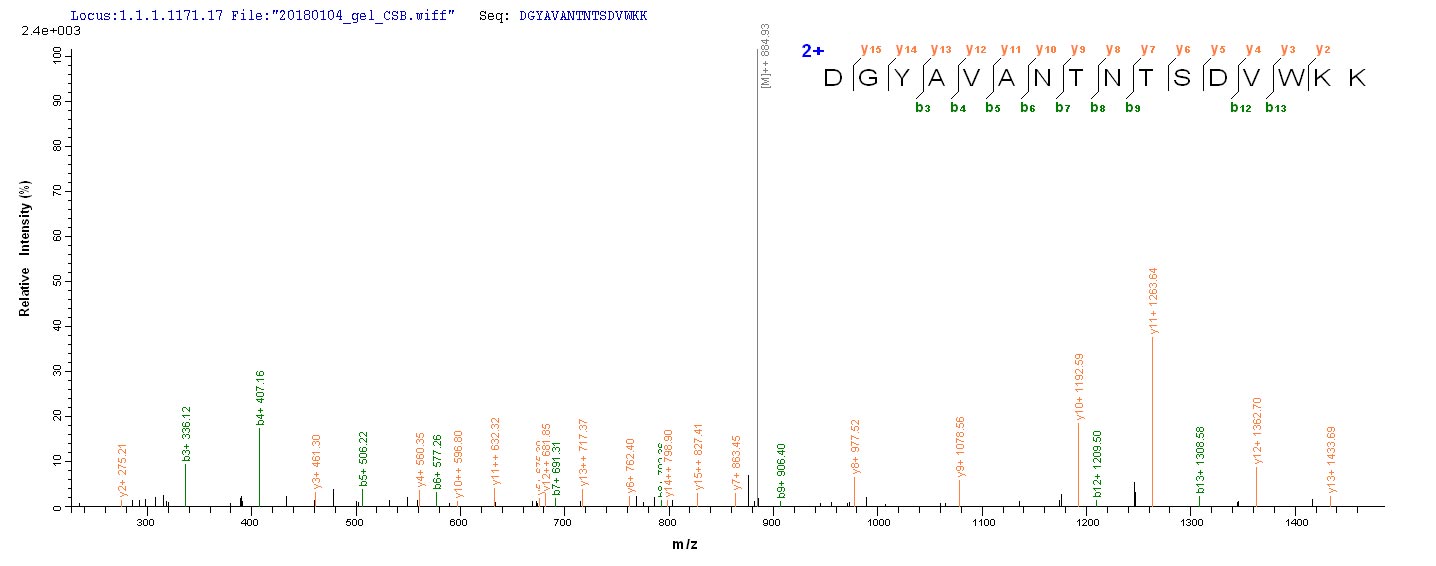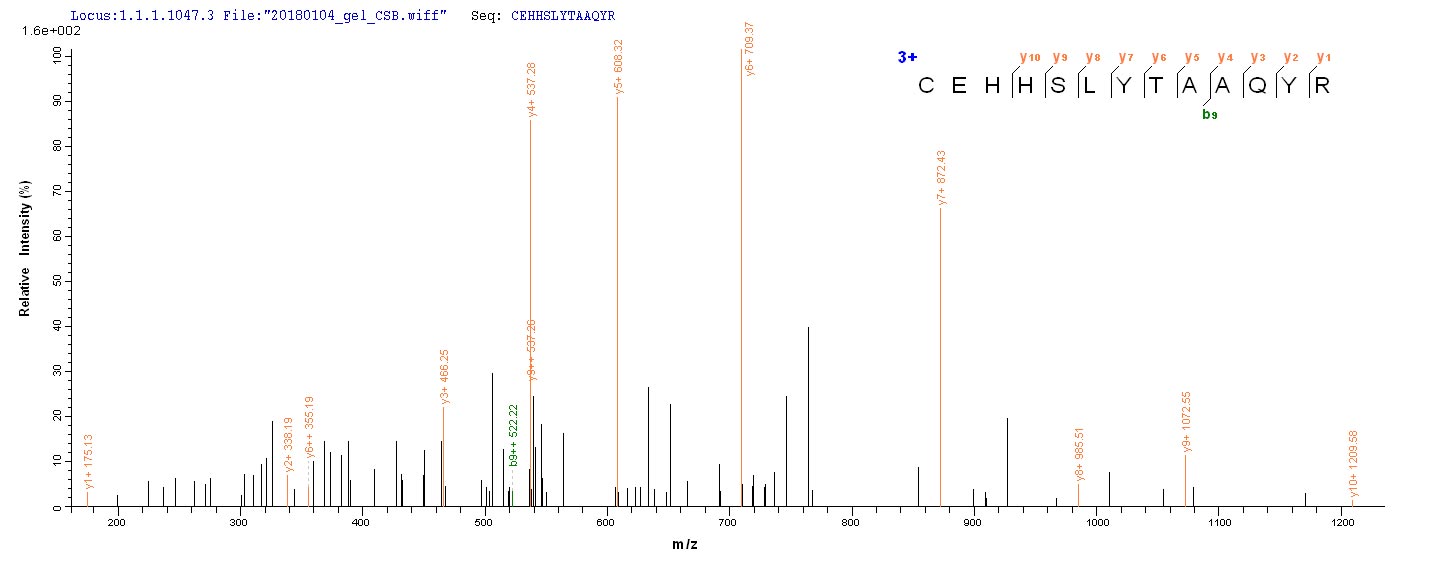Enhance your immunology research with our Recombinant Mouse Ly75, known for its role as Lymphocyte antigen 75. Expressed in E.coli, this protein is a critical component of numerous cellular and immune processes.
Our Ly75 protein encompasses a partial sequence (28-211aa), providing a significant segment of its structure. This protein is delivered with a N-terminal 6xHis tag, offering easy purification and detection. With an assurance of purity exceeding 90% as determined by SDS-PAGE, our Recombinant Mouse Ly75 upholds the highest standards of scientific research. Choose between a ready-to-use liquid form and a lyophilized powder for secure long-term storage based on your requirements.








